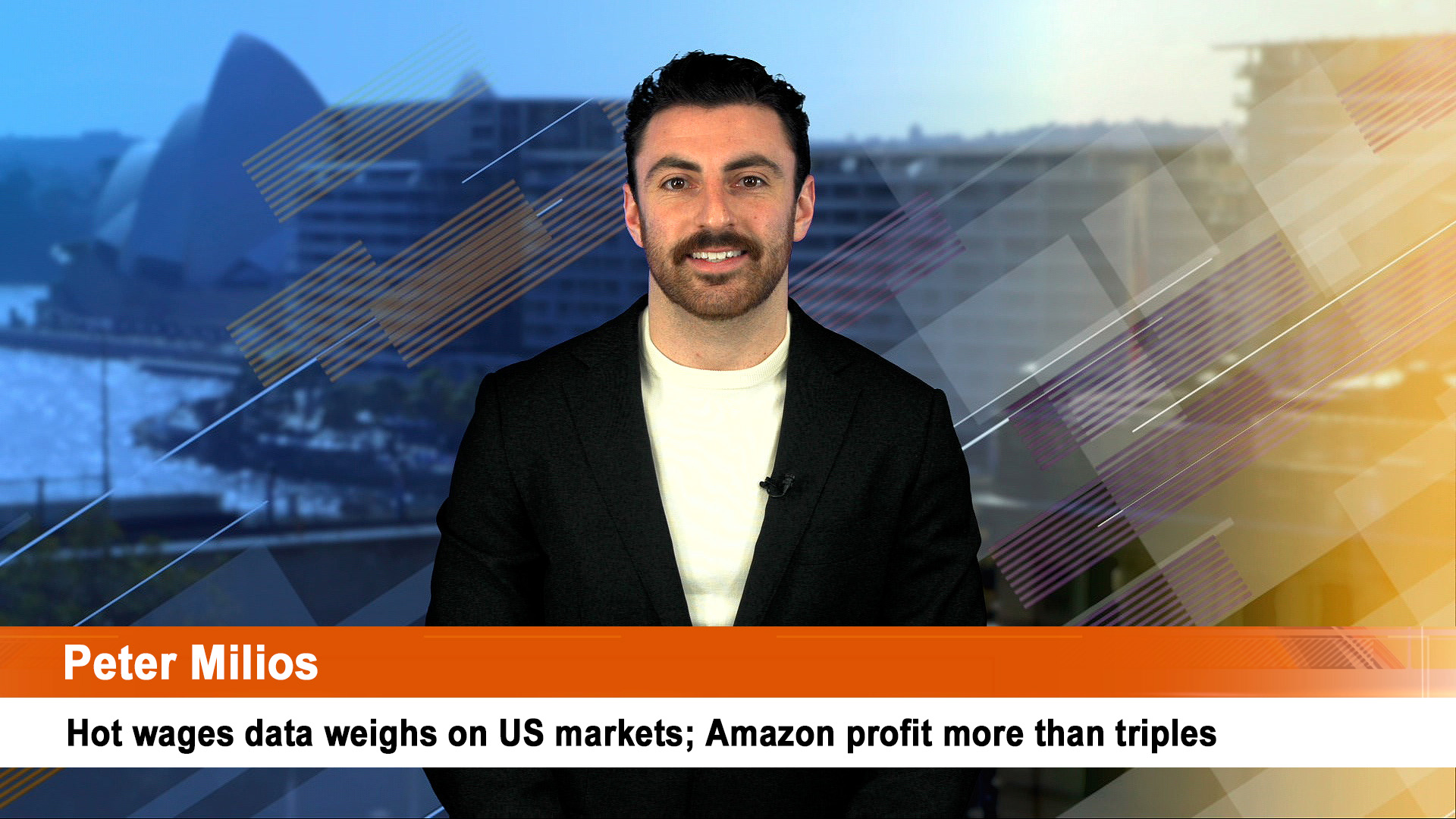Coles, the nation’s second-biggest grocery chain, says that first quarter food inflation climbed 7.1% up from 4.3% in the June quarter which saw its supermarkets sales growth slow to a 1.6% rate to $8.8 billion.
On a comparable store basis sales grew a slightly stronger 2.1%. Gross retail sales of $9.0 billion were up 2.3%.
Coles said liquor sales fell 4.3% compared with last year, confirming last week’s report from Endeavour Group which said sales at its bottle shops (which include Dan Murphy’s) dropped but rose at its 300-plus hotels across the country as more people ate out.
The Number 2 chain behind rival Woolies said the main driver of the 7.1% rise was an 8.8% jump in fresh food prices – a reading backed by solid quarterly rises for fresh fruit and vegetables in the September quarter consumer price index data released by the Australian Bureau of Statistics on Wednesday.
The ABS said food prices rose 3,2% in the quarter, with the cost of meals out and takeaway up by 2.9%.
Fruit prices jumped 6.6% while vegetable prices lifted by 2.9% and will get a further boost this quarter and next from the current heavy rain and flooding, especially in parts of Victoria and NSW
That’s probably why Coles said in an outlook comment that “cost price inflation is expected to increase in the second quarter” of 2023.
“Coles’ businesses are not immune to the inflationary cost pressures, including the impact from increased logistics and fuel costs, salary and wages and construction costs on capital expenditure projects,” the company said in the release.
That’s a litany of cost pressures every Australian business would be feeling now to varying degrees. Bega was another to detail cost rises up $30 to $35 million a month to its AGM yesterday (See separate story).
Comparable sales were up 2.1% in supermarkets for the quarter, down 4.1% in liquor and up by 9% in the group’s Express business, which Coles is selling to Viva Energy.
“eCommerce sales declined by 11.5% “as sales normalised post COVID-19 lockdowns in the prior corresponding period with some customers returning to shopping in store,” Coles noted.
“Volumes were impacted in the first quarter from cycling elevated volumes in the prior corresponding period and declines in fresh produce volumes as a result of floods impacting supply.
“Pleasingly, improved availability saw volumes improve through the quarter, as did transactions as local shopping trends continue to unwind.
During the quarter, Coles completed three renewals while four stores were opened and one closed, taking the total network to 838 Supermarkets.
“COVID-19 and seasonal flu costs reduced significantly to approximately $10 million in the first quarter, largely relating to team member absenteeism, and are expected to reduce slightly in the second quarter.”
Coles shares fell 2.6% to $16.16.













